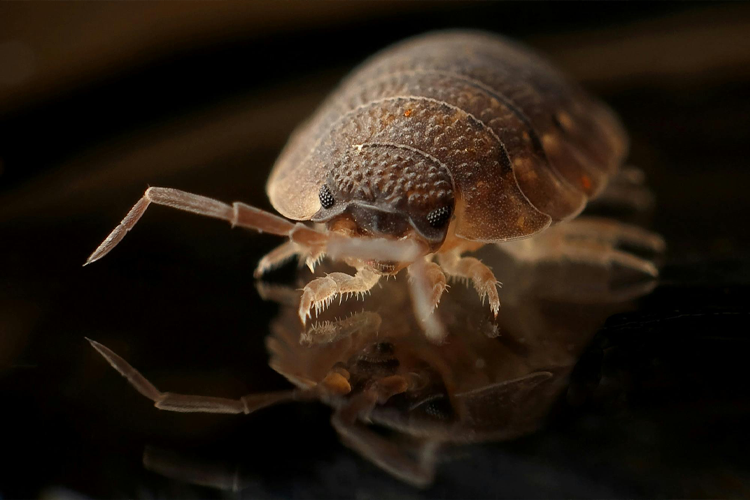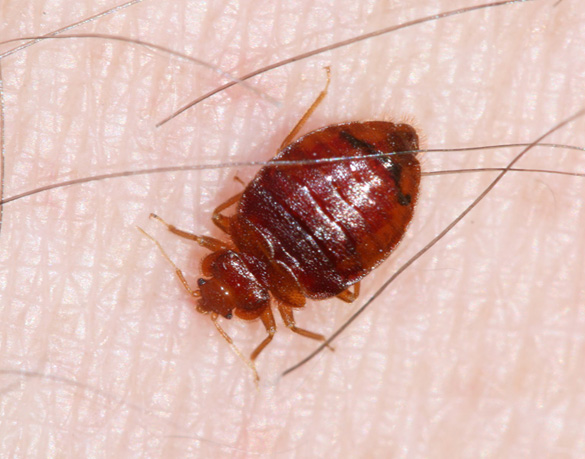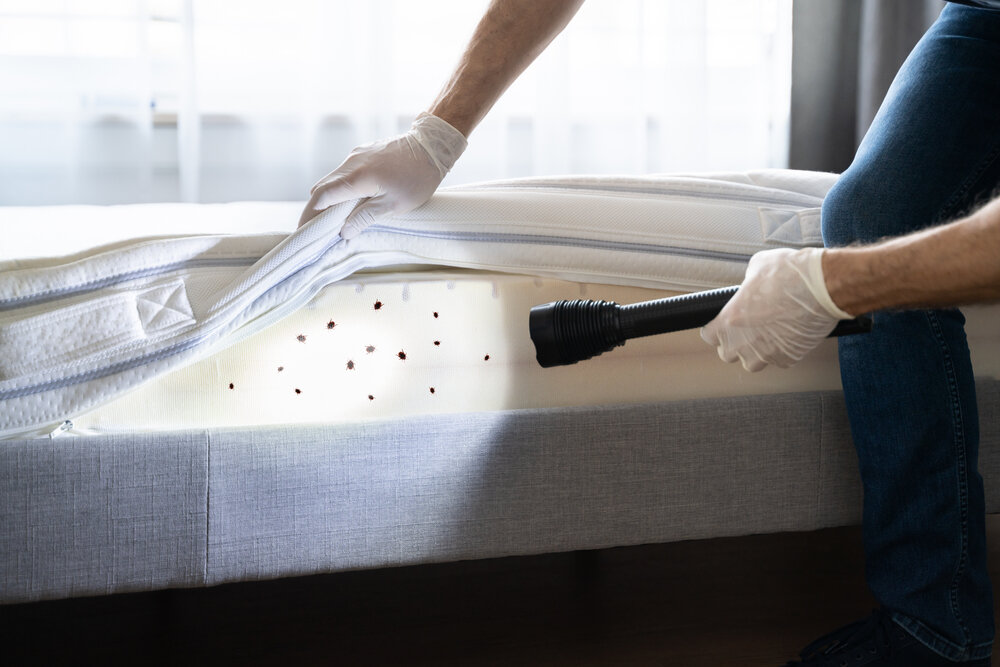Specialist Kings Bug Control Services Cincinnati OH
Specialist Kings Bug Control Services Cincinnati OH
Blog Article
Sorts Of Parasite Control: Which Approach Is Right for Your Invasion?
When encountered with an insect infestation, the selection of a suitable method for pest control is crucial in effectively taking care of the scenario. From chemical therapies to biological solutions, there exists a variety of strategies that can be used to address different sorts of bugs. Each method features its very own collection of advantages and considerations, making the decision-making process a nuanced one. Understanding the nuances of each method and assessing their compatibility with the details bug infestation at hand is necessary for accomplishing long-lasting success in pest administration. By checking out the numerous kinds of pest control methods available, people can make informed choices tailored to their one-of-a-kind scenarios, guaranteeing a more reliable and lasting result in bug elimination.
Chemical Bug Control
Chemical insect control involves the use of artificial or normally acquired chemicals to take care of and eliminate pest populations successfully. This approach is generally utilized in agriculture, forestry, and domestic settings to fight a variety of parasites, consisting of rodents, weeds, and insects. Making use of chemical pesticides can give fast and targeted solutions to pest invasions, making it a prominent selection for numerous individuals and services.
One of the essential advantages of chemical insect control is its ability to swiftly remove parasites, lowering the threat of damage to crops, building, and human health. By utilizing details chemicals that target specific parasites, this approach can properly control problems while decreasing damage to valuable microorganisms and the atmosphere when used properly.
Nevertheless, the use of chemical parasite control additionally raises worries about potential damaging impacts on non-target species, water sources, and human health and wellness. It is vital to follow safety and security standards, apply chemicals properly, and think about alternative parasite control techniques to minimize these threats and make certain sustainable parasite administration techniques.
Biological Parasite Control
Biological bug control, also known as biocontrol, uses living organisms to reduce and manage insect populaces normally. By making use of the pest's natural predators or pathogens, biological insect control uses a lasting and eco pleasant remedy to pest management.

Mechanical Parasite Control
Utilizing physical and manual methods to handle pest populaces, mechanical insect control supplies a different method that does not rely on making use of living microorganisms or synthetic chemicals. This method includes making use of barriers, catches, or other tools to physically hinder or get rid of parasites. By blocking bug entry factors or establishing up traps to capture them, mechanical pest control can successfully reduce invasions without presenting chemicals into the atmosphere.
One usual example of mechanical insect control is the usage of mesh screens on windows and doors to stop bugs from getting in structures. This easy yet efficient approach serves termite control systems as a physical barrier, maintaining parasites out while enabling appropriate air flow. In addition, devices like mousetraps, fly swatters, and ultrasonic repellents fall under the mechanical bug control group.
While mechanical pest control methods can be labor-intensive and need routine surveillance and upkeep, they offer a ecologically pleasant and lasting option for taking care of parasite infestations. By combining different mechanical techniques, property owners can create an extensive insect control technique that lessens reliance on chemical pesticides.
Physical Bug Control

Some typical physical insect control approaches include making use of obstacles such as screens or internet to prevent pest entrance, traps to capture and remove parasites, and hand-picking to literally remove insects from plants or structures. Additionally, methods like warmth therapies can be utilized to control parasites like bed insects by raising the temperature to levels that are dangerous to the insects.
Physical insect control is specifically useful in integrated parasite management (IPM) methods, where numerous pest control techniques are incorporated for effective insect administration while decreasing using chemicals. By using physical parasite control techniques, individuals can successfully resolve pest infestations with very little environmental effect.
Integrated Bug Monitoring
When applying physical pest control methods as part of insect administration methods, Integrated Bug Monitoring (IPM) arises as a comprehensive approach that leverages various techniques to effectively control pest populations. IPM concentrates on long-term prevention of pests through a mix of organic, social, physical, and chemical devices customized to certain insect problems. By integrating multiple control tactics, IPM aims to minimize the risks linked with parasites while additionally minimizing dependence on chemical services.
One key aspect of IPM is the focus on surveillance and analyzing pest populaces to identify the most appropriate control techniques. This proactive approach permits very early intervention and targeted approaches, leading to more reliable bug administration. Additionally, IPM advertises ecologically friendly techniques by focusing on non-chemical control methods and just utilizing pesticides as a last resource.
Final Thought

By utilizing the insect's natural predators or microorganisms, biological insect control offers a lasting and environmentally friendly remedy to pest monitoring. - Kings pest control cincinnati oh
Using physical and hands-on approaches to handle insect populaces, mechanical bug control provides an alternative strategy that does not depend on the use of living microorganisms or synthetic chemicals.An effective strategy to handling pest populaces without depending on chemical or organic methods entails the use of physical parasite control methods.When implementing physical parasite control techniques as component of insect monitoring methods, Integrated Pest Monitoring (IPM) emerges as a detailed method that leverages numerous techniques to properly manage pest populaces. Chemical pest control includes the use of pesticides, biological pest control uses all-natural predators, mechanical bug control entails physical barriers, physical parasite control includes trapping or removing bugs, and incorporated insect administration combines several approaches for a holistic technique to pest control.
Report this page